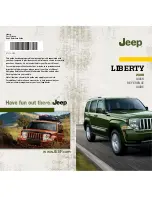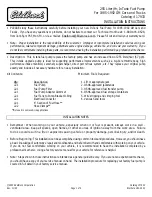
VOLVO
23248
Fig. 35.
Removing clip for carrier
Sealing strips
A. BONDED STRIPS
The following procedure is recommended when fitt-
ing new rubber strips:
1.
Remove the old strips.
2. All traces of old adhesive should be care-
fully removed from the metal surfaces with
petrol or similar. It is most important to carry
this out carefully since no residue from old
adhesive must be left on the metal, but at the
same time care must be taken to make sure
that the paintwork is not damaged by the
solvent
used.
(Requirements:
clean
rags,
wooden putty knife).
3. The new rubber strips should be thoroughly
cleaned with petrol, methylated spirit or simi-
lar. (Requirements: clean rags, fibre brush).
4.
After they have dried, the rubber strips should
be
coated with Dekalin TH or equivalent and
then allowed to dry to a non-tacky state, which
usually takes about 15 minutes. (Requirements:
thick hair brush).
5.
The metal surfaces to which the rubber strips
are to be attached are then coated with
Dekalin TH. (Requirements: thick hair brush).
6.
The treated and non-tacky rubber strips are
then pressed on to the newly-coated adhesive
on the metal.
7. The rubber strips should be pressed firmly
against the metal surfaces so that there is no
air trapped in the joints.
N.B. Wait for at least 15 minutes after the strips
have been applied before closing the door.
P 120
VOLVO
23249
Fig. 36.
Removing sprocket
B. STRIPS ATTACHED WITH FASTENING RAIL
On late production vehicles the sealing strip is
attached by means of a fastening rail which is spot-
welded to the door.
The sealing strip is removed by pulling it outwards,
when the ridge of the strip releases from the rail.
When fitting the sealing strip, one of the ridges is
placed in position in the rail, after which the other
ridge is pressed down into the rail with the help
of a screwdriver. This is moved along the rail as
shown in Fig. 37.
Fig. 37.
Fitting sealing strip for door
8-1 5















































